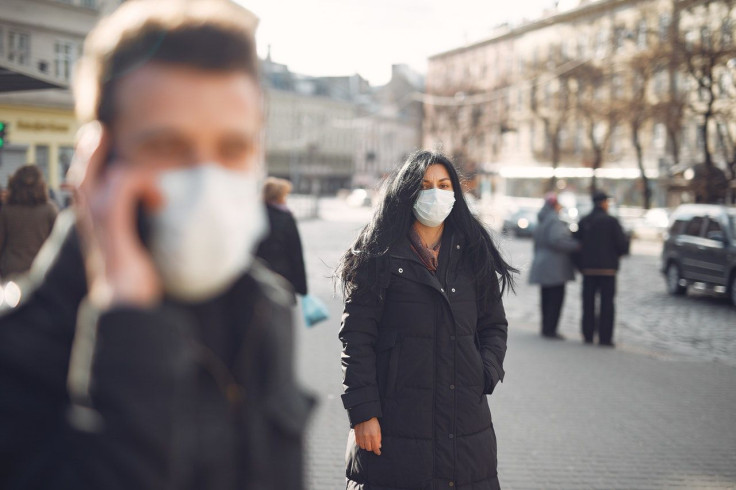COVID-19 Transmission: WHO Now Says Asymptomatic Individuals Not Key To Pandemic Spread
KEY POINTS
- While asymptomatic transmission of COVID-19 can occur, it is rare, says WHO
- WHO officials urge governments to focus on the symptomatic cases — isolate them, follow their contacts and quarantine those people
- More information from nations is needed to really find out whether COVID-19 spreads via asymptomatic carriers
Individuals infected with the novel coronavirus but don’t exhibit any symptoms aren’t the ones driving the spread of the COVID-19 pandemic, according to the World Health Organization (WHO) officials.
Some researchers believed that COVID-19 is difficult to contain because of asymptomatic infections. And asymptomatic carriers were thought to be the ones driving the spread of the deadly disease by stealth.
Certain individuals, especially the young and otherwise healthy who are infected by the coronavirus, never develop symptoms or develop only mild symptoms. And some might not develop any COVID-19 symptoms until several days after being infected. Previous evidence from the earliest outbreaks indicated that the virus could spread through person-to-person contact, even if the carrier didn’t exhibit any symptoms.
But WHO officials now say that while asymptomatic spread might be possible, it is not the main way the virus is being transmitted.
1/2@WHO recently published a summary of transmission of #COVID19, incl. symptomatic, pre-symptomatic and asymptomatic transmission
— Maria Van Kerkhove (@mvankerkhove) June 8, 2020
See page 2 of👇https://t.co/2OJ2pLT5Iu
In this summary, we state: "Comprehensive studies...
“From the data we have, it still seems to be rare that an asymptomatic person actually transmits onward to a second individual. It’s very rare,” Dr. Maria Van Kerkhove, head of WHO’s emerging diseases and zoonosis unit, said at a news briefing from the United Nations agency’s Geneva headquarters, reported CNBC.
A report by the U.S. Centers for Disease Control and Prevention (CDC) published on April 1 highlighted the potential for asymptomatic transmission as a reason for maintaining social distancing. The report also suggested that to control the pandemic, it might not be enough for only those exhibiting symptoms to limit their contact with others, since people without symptoms can also transmit the infection.
But the WHO officials now say that the focus should be on symptomatic cases — isolate them, follow their contacts and quarantine them to heavily reduce the spreadk of the COVID-19 outbreak.
Key points from the WHO report:
- Available evidence from contact tracing reported by member states revealed that asymptomatic people are less likely to transmit the virus than people with symptoms
- Universal masking has been adopted in hospitals to help reduce asymptomatic, pre-symptomatic and symptomatic transmission by health workers and anyone entering the facility
Knowledge about COVID-19 transmission is accumulating every day. According to current evidence, COVID-19 is primarily transmitted between people via respiratory droplets and contact routes.
Droplet transmission happens when an individual is in close contact with an infected individual and exposure to potentially infective respiratory droplets occur, resulting in inoculation of entry portals including the nose, mouth or eyes.

© Copyright IBTimes 2024. All rights reserved.






















